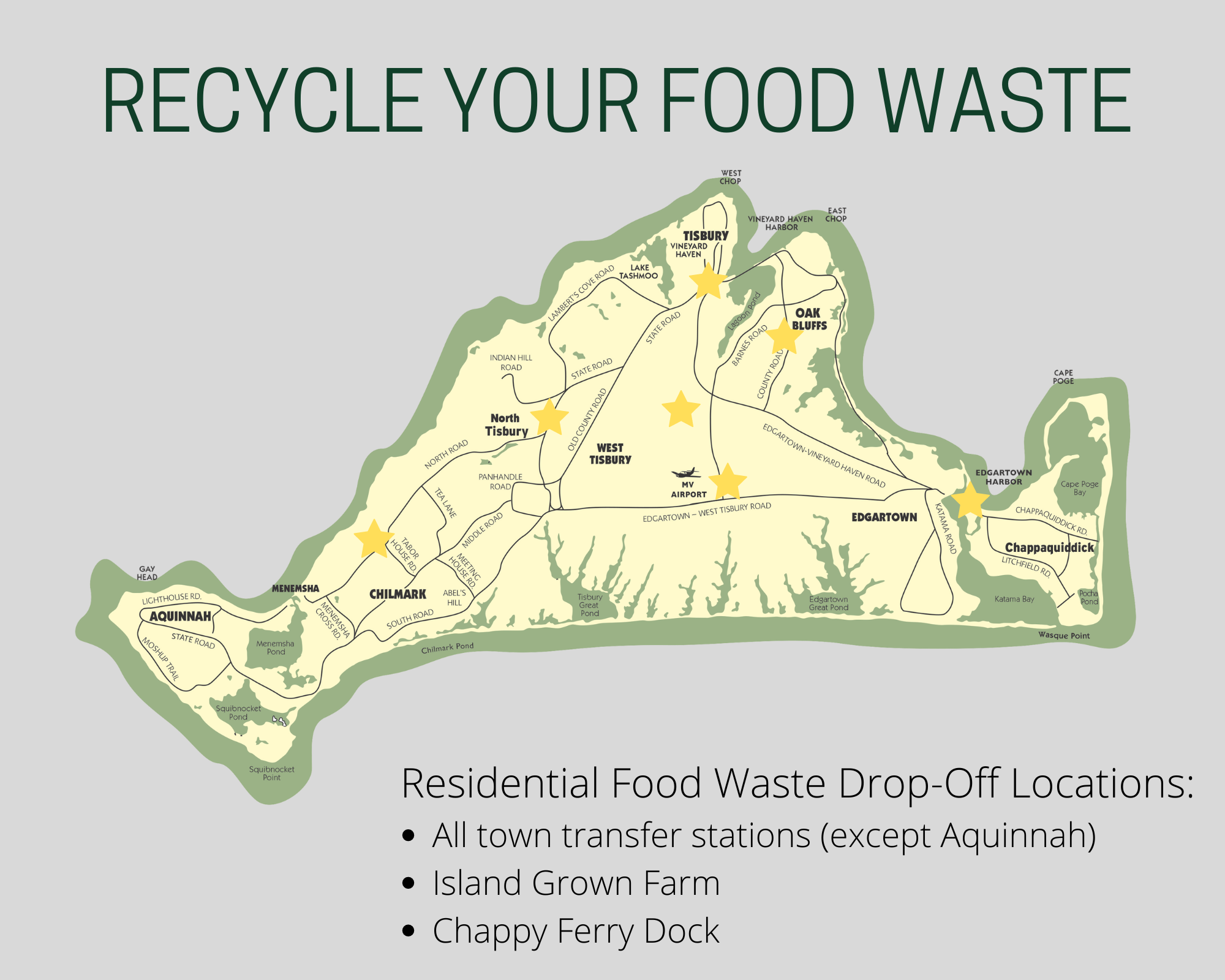MA CURRICULUM FRAMEWORKS
7-MS-LS1-4
OBJECTIVE
Understand that plants and animals have behaviors and structures that increase their chance to survive and reproduce
Understand Natural v. artificial selection
ESSENTIAL QUESTIONS
How are characteristics of plants and animals passed down?
How do animals and plants help to ensure their survival?
What is natural selection and how does it work?
MATERIALS NEEDED
Animal adaptation cards or plant adaptation cards, dice, whiteboard or paper, poker chips or fake money for bidding [optional].
PROCEDURE
Intro (5-10 Minutes)
Begin your lesson by asking the class to explain what an adaptation is (a change or the process of change by which an organism or species becomes better suited to its environment). Ask your students to provide some examples (this may take some examples from you to start, as this can seem like too general a question at first), and make note of their examples. As a group, go down the list and ask the students if they think each example is behavioral (as in the adaptation is one in which the organism acts a certain way) or biological (the adaptation comes from the physical makeup of the organism – you can choose here whether or not you want to introduce the idea of genetic mutation here).
Why do animals and plants need to adapt? What is the goal of all living things? To survive and reproduce! My favorite example is to have the students imagine a giant grassy field. A group of bright orange worms live in the field. Unfortunately, not many worms survive because birds can easily see them in the grass. One day, a bunch of new worm eggs hatch, and one comes out green. Which of those worms is most likely to survive to the next generation? Why? This is how adaptations survive, and if you think about it, how every organism has come to be the way it is today. Everything is the result of adaptations that help an organism survive better, otherwise known as the process of natural selection.
Activity (45-60 Minutes)
Explain to your class that you will be playing a simulation to think about adaptations even further. Split your class into 3-4 person teams if there are enough students, and have them sit together. Give each group their own animal or plant card. This will be the base animal or plant each group will have to build off of to create an organism that can survive in multiple environments.
Here, you can either distribute an even number of the plant/animal adaptation cards to each group, or you can set up an auction, so each group uses fake money to bid on the adaptations they would like for their organism. If you go the auction route, make sure you have each group elect a bidder. After you introduce each adaptation, give the groups a moment to discuss if they’d like to make a bid. Then make the auction silent, and each bidder must raise their hand to make a bid.
After each group has their plant or animal, with adaptations, explain how the simulation works. Pick 3-4 environments that each animal or plant will have to survive in. For each round (or each environment), each group will have one minute to make a case for their organism and why it would survive the most successfully in each environment (one round could be a desert, another could be rainforest, another the arctic tundra…you pick!). Remind your students that their plants and animals are not necessarily fighting each other, but each organism will need to be able to protect itself, find food and water, and survive the elements.
At the end of each round, you will decide which team had the best argument for their organism. The winning team will get to roll a 20-sided die, the runner up will get a 12-sided, the next will get a 9-sided, and the final will get a standard 6-sided. When each round is over, you will record each groups roll and add them up at the end. The team with the highest number at the end will be the winner!
At this point, your students may ask why they have to roll the dice at the end (if they don’t ask, ask them!). Think back to the example of the grassy field and the worms. We agreed that because the green worm is more camouflaged, it is more likely to survive being seen by predators. But does that mean that nothing else could happen to it? What if a human happened to walk through that field and accidentally stepped on that one green worm? Though the adaptation made that worm more likely to survive, it doesn’t mean it will definitely survive. The dice in this simulation represents the chance that is involved in natural selection.
Play through at least a few rounds, let the students get creative, then tally up the results and announce the winners.
Part Two (This could be a wrap up, or segway into a seperate 30-45 minute activity for another class)
Have your students explain what was realistic and unrealistic about your simulation. Then, ask the students what their thought process was when considering what adaptations would be helpful to their organism (an animal’s sharp claws might be good for digging or defense, a plant’s bitter taste may make it unattractive to predators, etc.). Now let’s think about our organisms in the context of artificial selection. If humans wanted to farm these animals or plants, could they? Here, you could choose to run the simulation again using a different pack of adaptation cards (these more focused on adaptations that are beneficial to humans – plants that produce large, tasty fruit, animals without horns, animals that produce a lot of milk, etc.) if you have the time.
Alternatively you can do a brief 5 minute wrap-up to end the lesson. You can discuss as a class the adaptations that they picked that would work best for domesticated plants and animals (you could do a final round of the above game, this time with the environment as a ‘farm’ instead of a biome). What are the qualities that humans look to keep in plants and animals? Go through each of their organism creations and discuss the adaptations that may be helpful or hurtful in domesticating each one. Relate these to real life examples of animal and plant domestication (modern cattle comes from the Aurochs, sheep from the Asiatic Mouflon, potatoes used to be much smaller and more toxic, etc.). Bring pictures if possible. It would also be helpful to bring students out to their school gardens and walk through each of the vegetables there, and talk about the qualities that make plants good to cultivate, or why some might be challenging.








